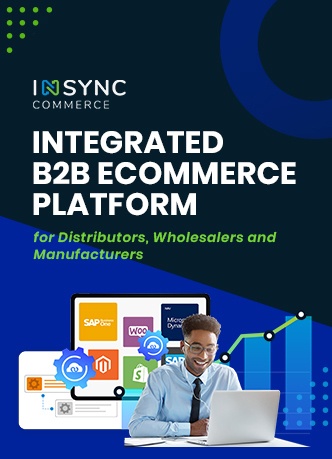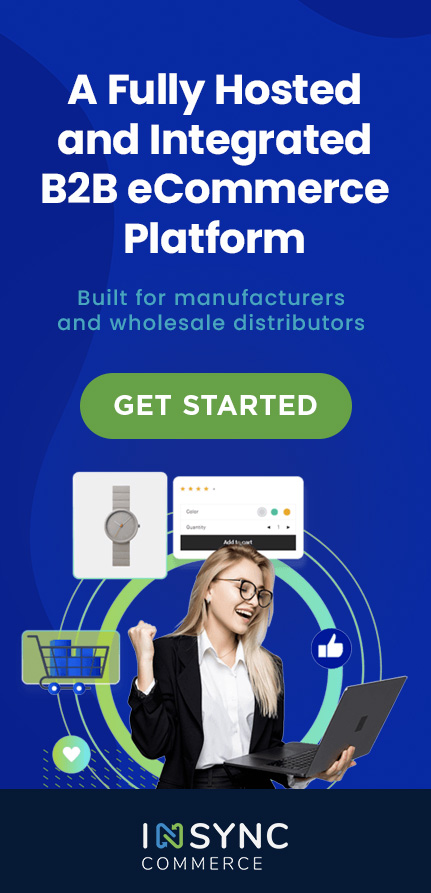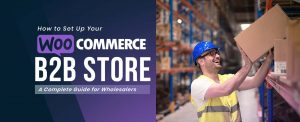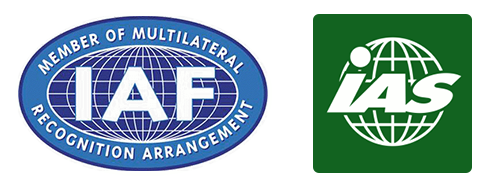In Should online stores target Tier 2/3 cities? – Part 1, we analyzed the demographics of Tier 2/3 cities and some characteristics of online shoppers in these cities. In Part 2, we looked at the challenges that need to be addresses by online stores that want to have significant clientele in tier 2/3 cities. In this article, we will conclude this series by discussing the strategies that can be employed to address the challenges and how some online retailers have done it.
As we discussed in last article, there are some specific challenges around brand awareness, pricing, delivery, payment methods and overall trust factor, that need to be addressed if an online business has to make it big in tier 2/3 cities. We now look at some of the strategies that can be employed to address these challenges.
Expand logistics partner portfolio
Invest in managing your logistics via multiple partners, since smaller cities tend to have a local logistics company which is dominant in the area but absent nation-wide (see comments of from our founder interview series). Indian Post (Speed Post Network) should be leveraged when regular shippers aren’t available, their services have become timely and reliable and their reach is impeccable. Also invest in systems that allow you to accurately state the delivery time upfront to the customer. It is far better to state a 10 days delivery time and stick to it rather than stating 5 days and then deliver in 10 days!
Invest in CoD infrastructure
Existing CoD vendors have very poor reach in tier 2/3 cities. This means that you need to create your own network for CoD in the cities you want to have presence in. This goes hand-in-hand with logistics strategy, your local logistics provider may be able to help you with CoD too. Another option is to create your own CoD and delivery mechanism in important cities, which is expensive upfront but can give good returns once the volume picks up. Indian Post (Speed Post Network) also offers VPP service (their name for CoD) without charging additional service fee. Flipkart.com and Yebhi.com have created their own delivery and CoD network, which are worth exploring if you are thinking of building this for your business.
Tie up with local (offline) partners
Many of the challenges around brand awareness, payment methods, getting local pulse, can be solved if a local partner can be recruited. Best partner will be an offline store which sells same or complimentary items. eDabba.com has been a pioneer in this model and more businesses should follow this model and extend it.
Attract those who gift into tier 2/3 cities
This helps in increasing the volume of sale that require shipping into tier 2/3 cities (thus increasing ROI on logistics), as well as create awareness about your brand and trustworthiness to these recipients. Creative marketing (for example, giving discount vouchers to recipients in tier 2/3 cities) can leverage this traffic and create more buyers out of these recipients.
Build trust through social media
Given that tier 2/3 city buyer is a cautious buyer who does more research, invest in social media to enable sharing of purchase experiences, recommendations from your friends in the network, etc. will go a long way in creating new buyers in these cities. In addition to all the steps mentioned in our Social Commerce article, localizing the social experience by having city-specific pages will help attract and retain the shoppers from these cities.
In summary, even though there are challenges in addressing tier 2/3 cities, the opportunity in the tier 2/3 cities is so huge that it is worth trying to solve these problems. It requires creativity, understanding of local demographics, and patience to be successful.
This concludes our series on tier 2/3 cities. We are very interested in listening to your views, please leave your comments here or through our contact form.












